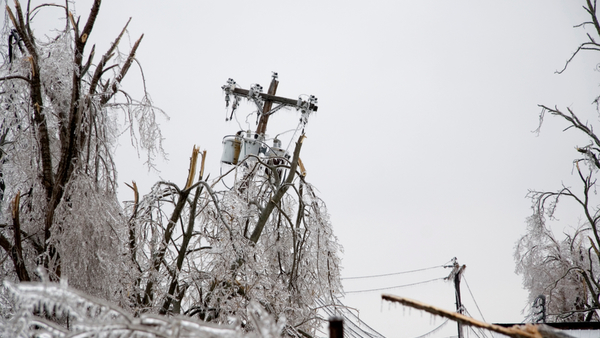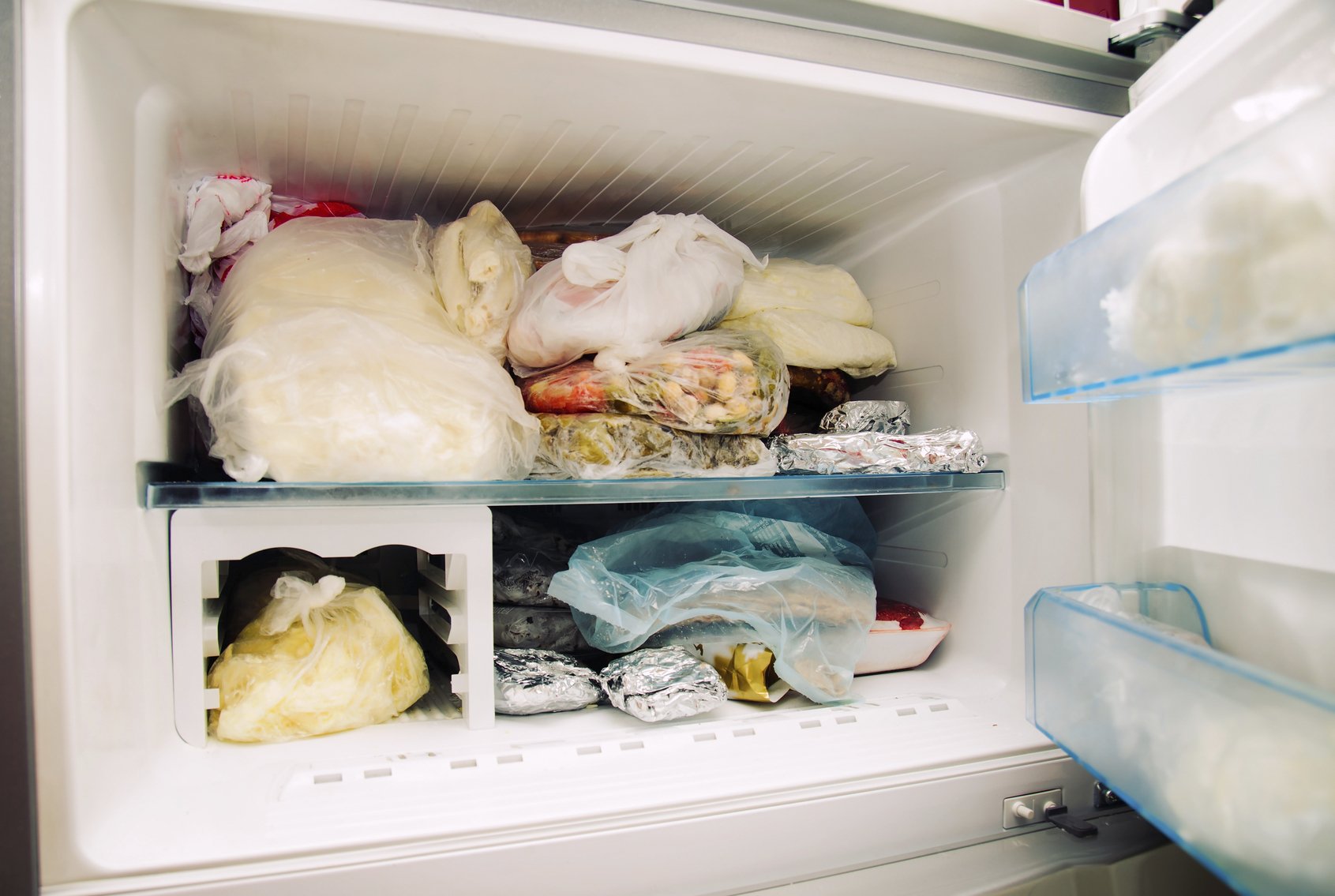

More than 50 apartment units and dozens of cars damaged by floodwaters in Boone
Monday, October 23rd 2017, 10:42 pm EDTMonday, October 23rd 2017, 10:55 pm EDT
By Steve Ohnesorge, Reporter

 Steve Ohnesorge/ WBTV BOONE, NC (WBTV) -
Steve Ohnesorge/ WBTV BOONE, NC (WBTV) - Flash flooding in Boone caused major damage to units in at least three different apartment complexes along Cedar Creek near Meadowview. The area is between the Boone Mall and the Walmart shopping areas.
Dozens of cars at the units and at Walmart were inundated by the water. Wes Berry was driving near a bank there when all of sudden he says the water started rising. He tried to drive out of it, he says.
“A wall of water came over the hood and it stalled,” berry said.
He was able to escape on his own as did many others. Boone fire teams, though, did have to pull more than a dozen people to safety.
Juana Salazar was in her apartment when the water rushed in. She escaped to her car outside and tried to drive away but, through an interpreter, told WBTV News the water pushed her car off the road and into an area with several feet.
Fire crews were able to reach her and took her to safety. As quickly as the water rose, it started to recede at dusk. By late Monday night the creeks and streams were back within their banks.
Town officials have temporarily ordered people in flooded apartments to get out. At least 60 are involved with most of those affected being students at Appalachian State University.
A shelter has been set up for those who need it but most said they would stay with friends.
On Tuesday inspectors will tally up the damage and determine what needs to be done.


































 The Address Downtown hotel after it was gutted by the New Year's Eve blaze.
The Address Downtown hotel after it was gutted by the New Year's Eve blaze. A skyscraper burns in Sharjah, United Arab Emirates, on Oct. 1, 2015. Local experts have suggested as many as 70 per cent of the towers in Dubai may contain the flammable material.
A skyscraper burns in Sharjah, United Arab Emirates, on Oct. 1, 2015. Local experts have suggested as many as 70 per cent of the towers in Dubai may contain the flammable material. The Tamweel residential tower at Jumeirah Lakes Towers in Dubai burns in this Nov. 18, 2012 file photo.
The Tamweel residential tower at Jumeirah Lakes Towers in Dubai burns in this Nov. 18, 2012 file photo.
